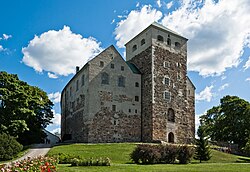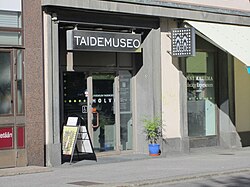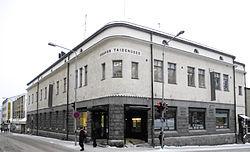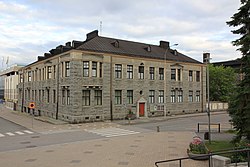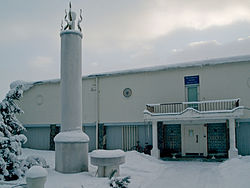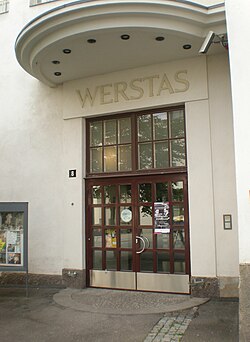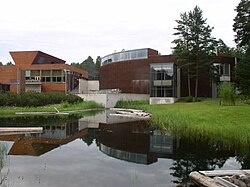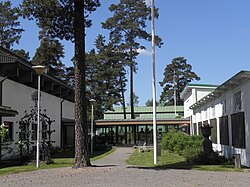National museums
National central museums of Finland are the Finnish Museum of Natural History, the National Museum of Finland and the Finnish National Gallery which comprises three museums; Ateneum, Kiasma, and the Sinebrychoff Art Museum. [3]
| Name | Image | Location | Type | Established |
|---|---|---|---|---|
| Finnish Museum of Natural History | 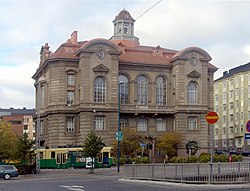 | Helsinki | Natural history | 1923 |
| National Museum of Finland |  | Helsinki | History | 1916 |
| Finnish National Gallery | ||||
| Ateneum |  | Helsinki | Art | 1887 |
| Kiasma |  | Helsinki | Contemporary art | 1996 |
| Sinebrychoff Art Museum |  | Helsinki | Art | 1921 |





